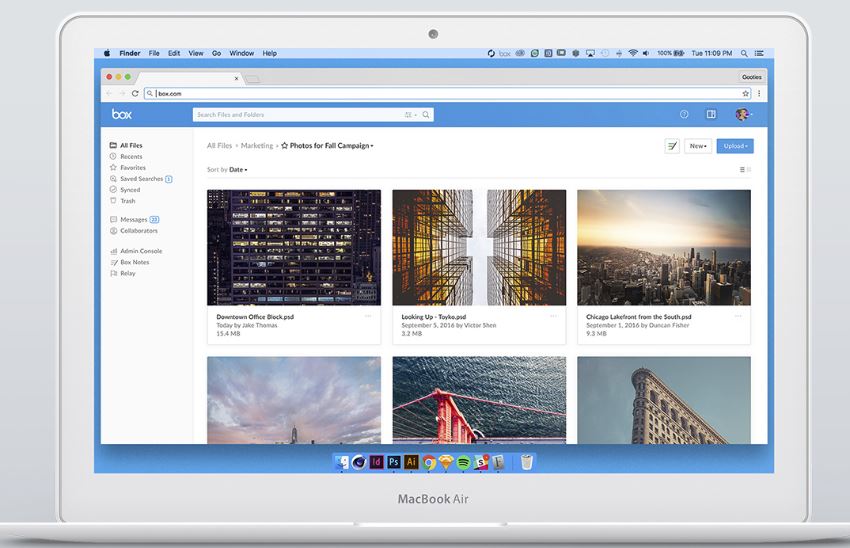
Box and Google are partnering in order to collaborate on several cloud initiatives.
Announced at BoxWorks 2016, the link up will see integrations between Box, Google Docs, and Google Springboard in the hope of bringing a seamless collaborative experience for working and collaborating on content in the cloud.
The work together on the Google Docs side will see Box become a third-party content repository for Docs, Sheets, and Slides. The companies say that when this is available it will enable Box users to create and edit Google documents, spreadsheets and presentations directly from Box.
On the Springboard side the two companies will work together to deliver “next-generation intelligence to Box users searching for content on Google Springboard,” Box said.
Springboard works by searching for information stored across the Google Apps suite including Gmail, Calendar, Docs, Drive, and, when available, for third-party apps like Box.
Aaron Levie, co-founder and CEO of Box, said: “At Box, our mission is to transform how people and organizations work. The combination of Box’s enterprise content platform with Google’s world-class cloud technology will help businesses of all sizes unlock productivity across their organizations.”
“On the apps side, we want our customers to have flexibility in their choice of tools and to have the most productive and collaborative suite possible for their needs. We’re excited to partner with Box in our mutual quest to transform how companies work in the cloud.”
For Box the deal will help it to tap into Google’s App customers and gives it another sizeable partnership which will help it to increase market share.
Diane Greene, SVP of Google’s cloud businesses, said: “Many of today’s leading businesses are working with Google's cloud engineers to move their workloads to our cloud and then optimize and enhance them; they see our dedication and excellence in data analytics, machine learning, security, automation, and performance.
“On the apps side, we want our customers to have flexibility in their choice of tools and to have the most productive and collaborative suite possible for their needs. We’re excited to partner with Box in our mutual quest to transform how companies work in the cloud.”
Greene has set about making the Google Cloud businesses much more appealing to enterprise customers since she was appointed head of the unit in November 2015.
Despite its technological and financial might, Google has struggled to compete with the likes of Amazon Web Services and Microsoft Azure in the enterprise cloud market. Partnerships with the likes of Box and clever acquisitions of companies such as Orbitera are clear signs that the company is placing a much greater emphasis on appealing to the needs of enterprises.
In addition to the partnership, Box also revealed an “all new Box” which will include an enhanced files experience to make it easier to find and collaborate on content, the company said.
The company has revamped Box Notes for real-time collaboration with teams, and Box Relay for simplifying routine workflows, which was announced on the 6th of September.
The company said that the revamped Box will deliver 30% faster page load times, and five times faster upload speeds. The layout has been cleaned up and navigation has been made simpler. Users will also be able to customise the homepage so that the most relevant content is immediately available upon login.
Box also now supports 3D objects, 360 degree images and video, and HD videos. The company also revealed that in an upcoming release Box annotations will be added so that they can be done in Box without having to open files in their native applications, such as Microsoft Office or Adobe.
Box Note will allow for the creation, access, editing, and sharing of notes between users and teams from a new sidebar, and it can also be opened directly from the desktop, once it is generally available to all users this Autumn.
The Box web redesign is available to all users immediately for no additional fee, while Box Relay is scheduled to be released in beta during Q4, with general availability the first half of next year.


